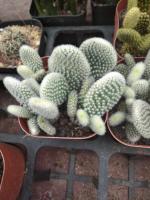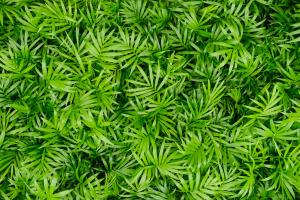Introduction
Plants and trees are an essential part of the environment around us. They provide oxygen, food, and shelter to various organisms. However, many people often wonder if plants and trees are living things or not. In this article, we will explore whether plants and trees are living things or not.
Characteristics of a Living Thing
To determine if plants and trees are living things, we must first look at the characteristics of a living thing. A living thing must have the ability to reproduce, grow, adapt to its environment, and respond to stimuli. It must also require energy to sustain itself, and it must be made up of cells.
Plant and Tree Characteristics
Plants and trees are living things because they possess all the characteristics of a living thing. For instance, plants and trees reproduce through sexual and asexual reproduction. They also grow and adapt to their environment by adjusting to changes in their surroundings. Plants and trees also respond to stimuli such as light and gravity by directing their growth towards or away from the source of the stimulus. They also require energy to sustain their growth, and they are made up of cells.
Plant and Tree Life Cycle
Plants and trees have a life cycle, just like all other living things. Their life cycle begins with germination where they develop from a seed into a seedling. The seedling then grows into a mature plant or tree that can reproduce. After reproduction, the plant or tree eventually dies and decomposes, which provides nutrients to the soil for future plants and trees to grow.
The Importance of Plants and Trees
Plants and trees are crucial to the environment and all living things. They provide oxygen through photosynthesis and absorb carbon dioxide, which helps purify the air. Plants and trees also provide food and shelter to various organisms, including humans. They also help prevent soil erosion and provide shade, which helps regulate temperatures in a given area.
The Future of Plants and Trees
The future of plants and trees is dependent on several factors, such as climate change and deforestation. Climate change can affect the growth and reproduction of plants and trees, which can lead to a decline in their population. Deforestation, on the other hand, can lead to a loss of habitat, which can put many plant and tree species at risk of extinction. It is, therefore, important to protect and preserve our plant and tree populations for the future.
Conclusion
Plants and trees are indeed living things. They possess all the characteristics of a living thing and are an essential part of the environment around us. We must, therefore, take the necessary steps to protect and preserve our plant and tree populations for the future.

 how many times do yo...
how many times do yo... how many planted tre...
how many planted tre... how many pine trees ...
how many pine trees ... how many pecan trees...
how many pecan trees... how many plants comp...
how many plants comp... how many plants can ...
how many plants can ... how many plants and ...
how many plants and ... how many pepper plan...
how many pepper plan...






























